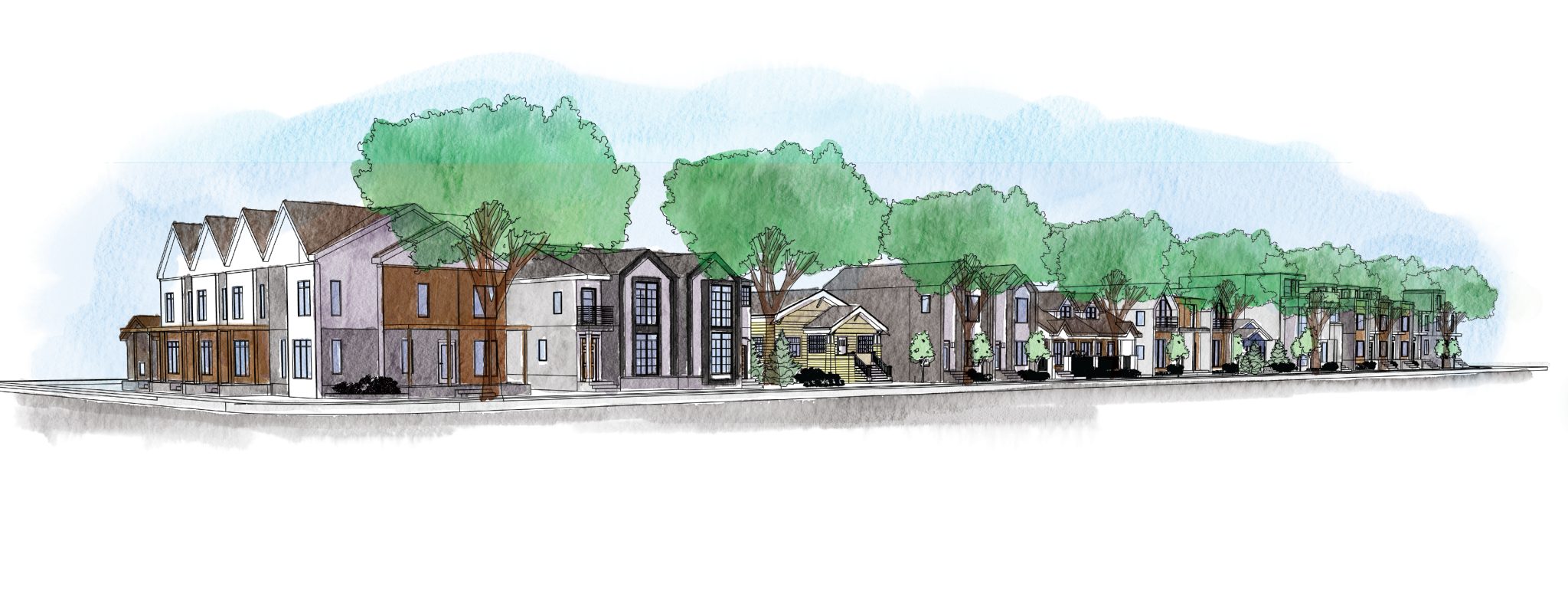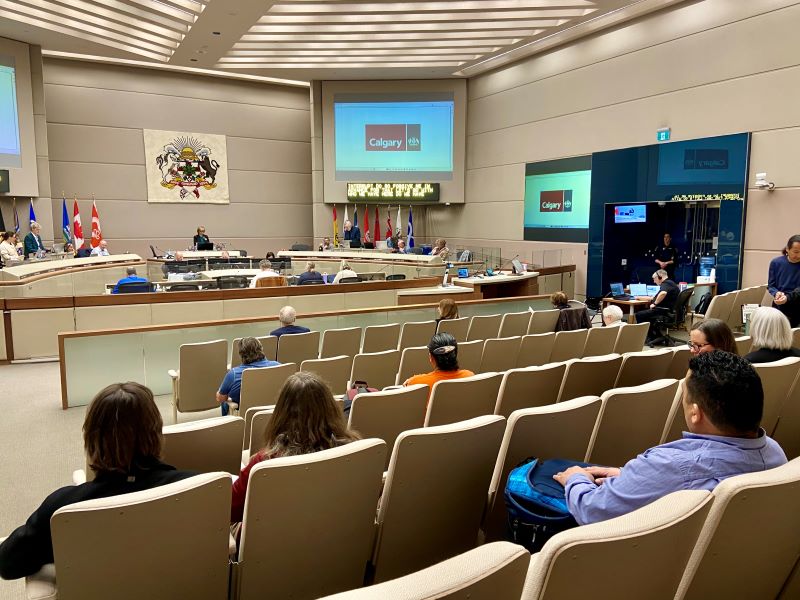Rezoning for housing
What is rezoning?
Whether it’s residential, mixed-use, industrial, or commercial, every property is zoned to indicate what kind of development is allowed to be built on the property. Rezoning happens when a property owner wishes to develop something besides what is currently allowed under the existing zoning.
What we are doing
We are taking action to address the housing crisis. The goal is to increase the supply of housing to help improve affordability and meet demand.
We are implementing five actions outlined in the Home is Here: The City of Calgary’s Housing Strategy 2024-2030 (approved by Council in September 2023):
- Rezone to a new base residential district (zone), Residential – Grade-Oriented (R-CG) or Residential – Low-Density Mixed Housing (R-G) to allow for a greater variety of housing options.
- Rezone to Housing – Grade-Oriented (H-GO) in approved Local Area Plans where appropriate.
- Allow both a secondary suite and a backyard suite on the same property.
- Remove parking requirements for backyard suites.
- Add Contextual Single-Detached Dwelling to R-CG, to ensure development rights are maintained.
-
Residential – Grade-Oriented Infill (R-CG)
-
Residential – Low Density Mixed Housing (R-G)
-
Housing – Grade Oriented (H-GO) District



